Conceived by former eBay employee Doron Gavra and introduced in November 2016, shopping/product discovery app Witlee proposes a solution which addresses a problem faced by publishers and e-tailers: the first may provide engaging content but are challenged making a sell via their website and social media, while the latter strive to promote and sell their products across publishing platforms. Witlee helps monetize content with relevant machine-powered product recommendations. Through a “products you may also like” service, it generates recommendations, which can also be browsed by automatically-generated categories and hashtags. All results produced are items in stock, avoiding dead links, relevant and optimized for revenue. In addition to that, no development work or integration is required, as the app leverages the existing images and links. We caught up with co-founder and CEO Doron Gavra to discuss launching Witlee, appealing to both publishers and e-commerce businesses, working on the app’s technical aspects, and appealing to both publishers and e-commerce businesses equally.
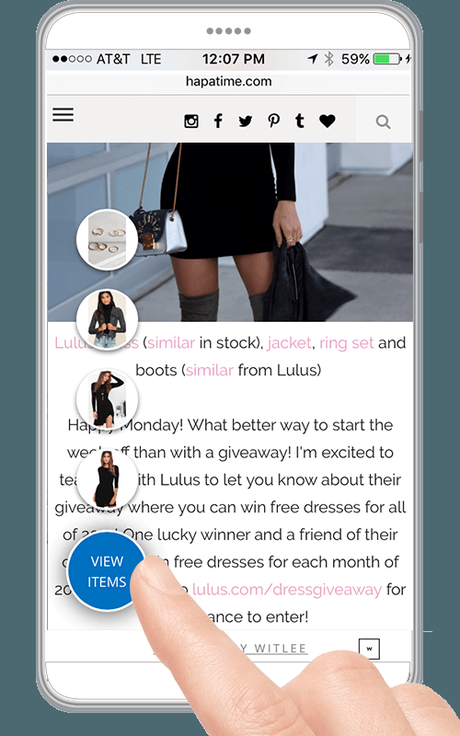
What is your background and what prompted you to start Witlee? Was there a gap you witnessed?
My background is mostly consumer and e-commerce. Before starting Witlee, I held different product management positions at eBay, focusing on eBay homepages, daily deals, auctions, advertising and monetization.
We started Witlee because we identified a gap between how lifestyle publishers monetize their audience compared to the large tech companies like Google, Facebook, Instagram and Pinterest. The gap – and opportunity – is only getting larger, as e-commerce, especially mobile commerce, continues to grow; m-commerce is expected to reach over $280 billion. The large companies all monetize their audience with shopping ads (products that are paid on a click a basis). The shopping-ads market is growing fast (36% year over year in 2016) and is over $4.5b spend in the U.S (in 2016). But look at lifestyle sites. All of them, without exception, still use affiliate links. They will only earn commissions on actual sales. In theory, that makes sense, but, in reality, a variety of issues make affiliate revenue one of the lowest forms of revenue. Attribution errors is the main cause of low affiliate revenue (a reader discovered the product on your site, bought it using a coupon code she looked for online, and so the transaction wasn’t credited to you). This is especially worse on mobile. Dead links to out of stock products also reduce affiliate revenue. We also saw that the long tail of e-commerce sites, have very inefficient transaction flows, which reduce the publishers’ revenue.


How did you decide on including advisors for your business? Which is their most valuable contribution: knowledge or experience?
Advisors are great for helping you think outside the box and provide insights from their experience. Whether it’s how to think of your value proposition as a company, how to position yourself in conversations and providing hard truths regarding when evaluating next steps.
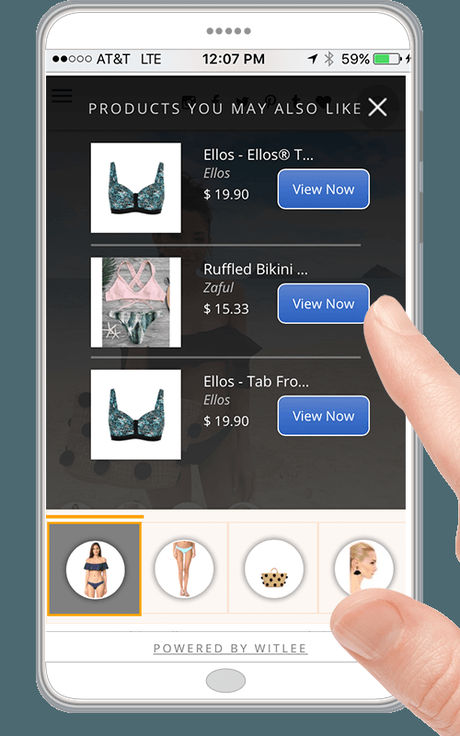
You are targeting all publishers equally. Do you think that today online publishers can generate as many sells as influencers?
We treat the top influencers as “small publishers”, and, yes, we believe publishers have the ability to drive a significantly larger volume of commerce compared to most influencers. Quite simply, publishers have significantly more traffic, and they are also professionally focused on monetization. A lot of the long tail influencers are focused on their personal brand, not even the best user experience. As a result, most of their sites are not optimized for facilitating commerce. There are, of course, exceptions. Julia and Thomas from Gal meets Glam, Blair Eadie from Atlantic Pacific and Jessica and Jasmine from Hapa Time are doing a great job growing their sites, but there’s significant room for improvements for the long tail.
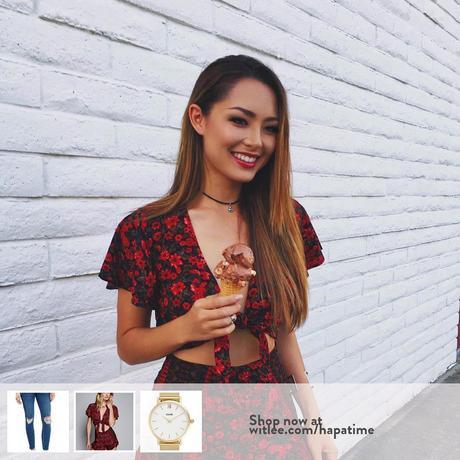
What milestones should publishers achieve first before they can start monetizing their content and sustaining their businesses? Do you think that engagement is more important than views/visits?
The first goal for any publisher is to increase its volume of pageviews. At the beginning, the mindset should focus almost entirely on growing the audience of the site: getting discovered and making the experience sticky (to increase # of pageviews per session). Further growth requires more money (ad spend), and so you must figure out monetization, so you can efficiently acquire more traffic. Ideally, you earn more per session than what you spend on acquiring that session.
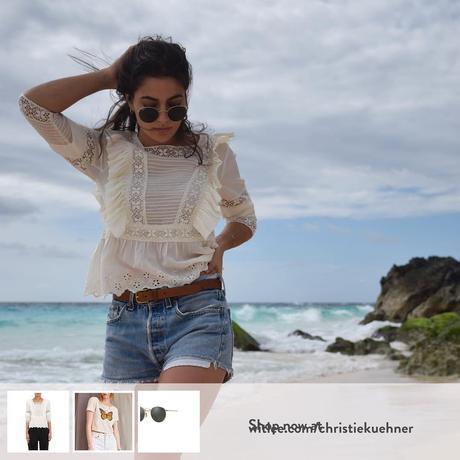
Witlee generates relevant machine-powered product recommendations and not the actual products. What are the pros and cons of this decision?
Let’s start with the con: it’s A LOT of hard work to generate relevant recommendations that drive significant revenue. Once you’re able to do that at scale, it opens a lot of significant opportunities and solves a lot of issues: 1) Increased revenue: By taking the static link, and turning it into dynamic recommendations, we can shift the recommendations to shopping ads that pay per click. It’s simply not possible otherwise. 2) No more “dead links:” links in posts will all ultimately lead to out of stock products. Dynamic, and relevant recommendations solve that problem. 3) Options for the reader: The article links to a $1,700 Burberry trench coat? We’ll show you other options, at different prices ranges, that you could afford.
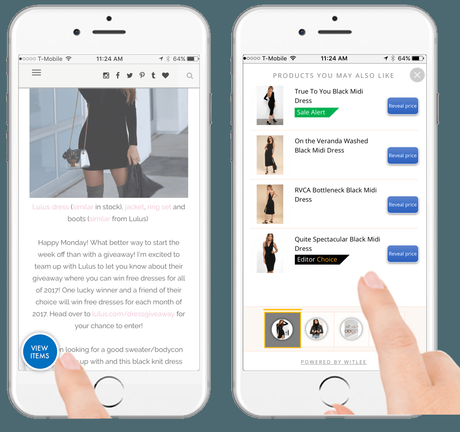
How does the “related products” feature works? Do you match them to consumers based on their preferences or include options that would cater to a wider group?
That’s part of our “secret sauce”, but at a high level the recommendations take into account a lot of data elements we capture and generate. These relate to the products, how we believe they will generate revenue for the publisher, and the user interaction data.

You have also created space for retailers to boost their sales. Based on your experience so far, in what kind of publications do they want their products to appear on? What does this tell you about the current market trends in the fashion industry?
Ultimately, retailers are focused on generating more sales volume. In general, once advertisers find a channel that generates a terrific ROI (Return on Investment) for them, they will keep investing more marketing dollars in this channel. I believe that blogs have the ability to drive high intent traffic, but scale remains the main challenge. Large publishers can drive significant volume for retailers and that’s where I think the market is going – distributed commerce. Regarding current trends, I’m less bullish regarding influencer social media posts and believe that in the long run the growth in that space will only come from platforms that can prove the ROI in real dollars, not “likes.”
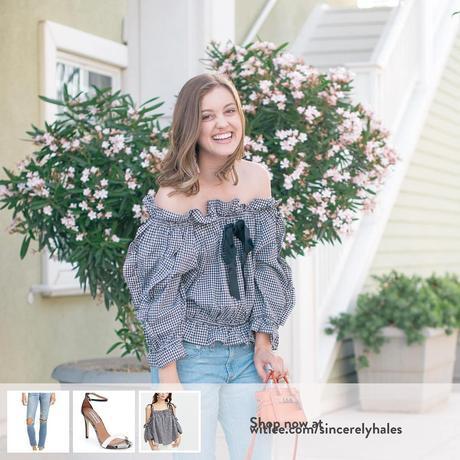
How are you monetizing your service?
We share the revenue generated through the recommendations with the publisher.
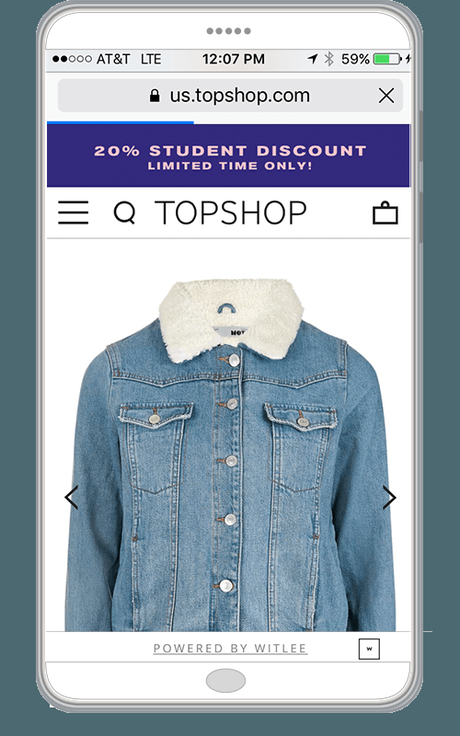
How are you working to grow awareness about your service?
We grow organically, when relevant people see our functionality on different sites. We also do search advertising and reach out proactively to relevant folks who could use our service. Also, articles like this one are a good growth opportunity.

www.witlee.com
Images @ Witlee

